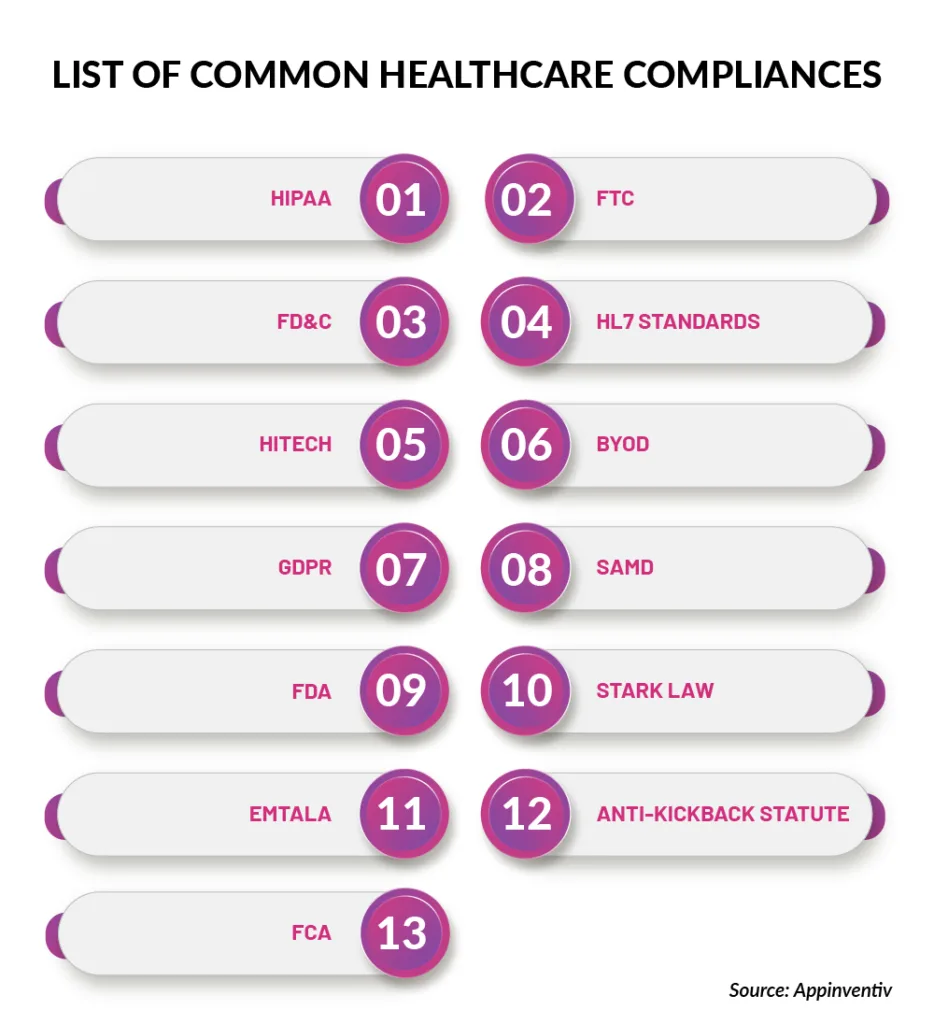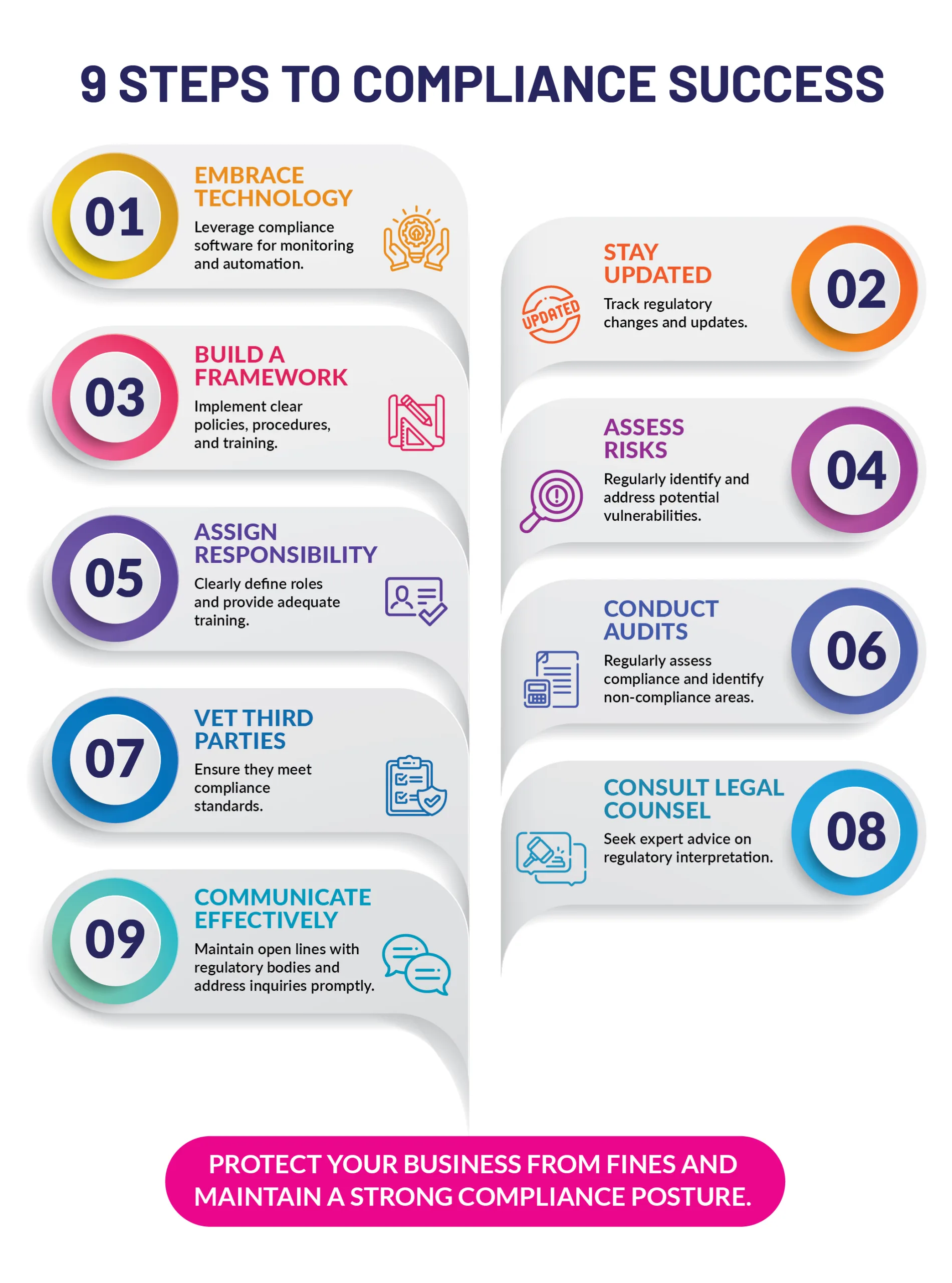Topics: compliance issues, UK healthcare recruitment
60% of UK Healthcare Recruitment Agencies Face Compliance Issues and Backlogs – Here’s How to Fix It
Posted on October 01, 2024
Written By Abishek Balakumar

Compliance is an integral part of the UK healthcare staffing industry, ensuring that the professionals recruited meet stringent regulatory standards. However, when these compliance requirements are unmet, they not just cause operational headaches but also directly affect service delivery and the trust of clients.
According to recent data from the Recruitment and Employment Confederation, 60% of UK healthcare recruitment firms report high non-compliance rates and mounting compliance backlogs in healthcare.
The result of this? Slower recruitment processes, dissatisfied clients, and a tarnished reputation. But what’s causing these recruitment agency compliance issues? This is what we will be discussing in this blog, along with some actionable strategies to tackle them effectively.
What is the Root Cause of High Non-Compliance Rates?
Non-compliance with regulatory standards is more than just a technical oversight; it’s a significant issue that can delay candidate placements and damage client relationships. To address this, staffing firms can consider outsourcing compliance and administrative services. This approach not only speeds up the process but can also relieve them of the administrative burden, allowing them to focus on their core operations.
Compliance Backlogs
Delays in verifying and updating compliance documents are another common challenge. These backlogs not only slow down recruitment but also create gaps in staffing, especially for healthcare roles where urgency is required.
Complex Regulatory Landscape
The UK healthcare recruitment agency compliance is governed by rigorous regulations, including the Care Quality Commission (CQC) and NHS standards. Navigating these requirements can be daunting, particularly for recruitment firms managing high volumes of candidates.

How to Resolve Compliance Issues and Backlogs?
Staffing firms should adopt a structured approach to handling non-compliance effectively:
1. Embrace Automation for Compliance Tracking
Automation is a game-changer for healthcare recruitment compliance. By using software to monitor and update compliance documents, agencies can:
- Eliminate manual errors.
- Fast-track document verification.
- Ensure up-to-date compliance at all times.
2. Implement Continuous Monitoring
Continuous monitoring systems enable agencies to proactively detect and resolve recruitment agency compliance issues before they escalate. Real-time alerts and updates ensure that agencies remain compliant, reducing the risk of delays or penalties.
3. Foster Proactive Engagement
Engaging with candidates regularly to ensure their documentation is complete and current can prevent compliance delays. Simple steps, like automated reminders or dedicated support teams, can alleviate administrative burdens and improve candidate experiences.
Do Non-Compliance Rates Vary with Continuous Monitoring?
Regular compliance monitoring enables early identification and resolution of compliance issues in healthcare recruitment before they escalate into significant problems.
For instance, a 2023 Compliance Week report highlighted that organizations utilizing continuous monitoring experienced a 25% reduction in compliance incidents compared to those relying solely on periodic checks.
Continuous monitoring not only enhances early detection but also improves overall efficiency in managing healthcare staffing compliance UK. By leveraging real-time data and automated alerts, organizations can swiftly respond to compliance gaps, minimizing risks and preventing the accumulation of compliance backlogs in healthcare.
A 2024 Gartner survey further underscores the benefits, revealing that businesses implementing continuous monitoring saw a 40% improvement in compliance processing times. These findings demonstrate the critical role of continuous monitoring in minimizing operational delays and maintaining robust compliance management.
Curious about how a UK healthcare recruitment agency achieved a 95% compliance rate and filled 69,542 shifts? Discover how they overcame staffing challenges and improved efficiency with a specialised staffing solution.
Addressing Compliance Backlogs
Delays in uploading and verifying compliance documents can lead to substantial backlogs, slowing down recruitment processes and causing client dissatisfaction. These compliance backlogs in healthcare can even result in missed business opportunities.
Automate Document Processing
Implementing automated systems for managing healthcare recruitment compliance significantly reduces processing times and human errors. Automation ensures that documents are verified, updated, and organized efficiently, helping agencies keep pace with regulatory requirements.
Implement Continuous Monitoring
Establishing a system for continuous compliance checks helps agencies detect and address issues early, preventing them from becoming serious roadblocks. Regular reviews ensure that documentation stays current, maintaining UK recruitment agency compliance at all times.
By adopting these strategies, agencies can enhance their operational efficiency, reduce compliance-related risks, and improve client satisfaction.
How Can UK Healthcare Firms Stay Compliant and Overcome Compliance Backlogs?

Conclusion
Compliance backlogs and regulatory challenges don’t have to slow your recruitment firm down. At QX Global Group, we help UK healthcare recruitment agencies achieve compliance faster and more efficiently. By leveraging automation tools like ComplyRite and our specialized compliance expertise, we reduce delays, eliminate errors, and ensure your candidates are always placement-ready.
With QX managing your compliance processes, you can focus on filling shifts and growing your business. Let us help you overcome these challenges and achieve operational excellence.
Frequently Asked Questions (FAQs)
1. What are compliance issues in healthcare?
Compliance issues refer to failures in meeting regulatory standards for healthcare recruitment, such as incomplete documentation or outdated certifications.
2. How can agencies improve their compliance processes?
Agencies can use automated systems for document management, continuous monitoring, and regular candidate engagement to streamline compliance.
3. How do compliance issues affect the quality of healthcare staffing?
Non-compliance can delay placements, leading to understaffed healthcare facilities and reduced quality of care.
4. What regulations must UK healthcare recruitment agencies comply with?
Agencies must adhere to standards set by the Care Quality Commission (CQC), NHS frameworks, and other UK healthcare regulations.
5. How do compliance issues impact the hiring of international healthcare professionals?
Compliance backlogs can delay the onboarding of international candidates, leading to longer lead times for filling critical roles.
Book a Free Consultation
Enjoyed our blog? Discover more about how our recruitment outsourcing process can slash your costs by up to 60%! Take the next step—book a call by entering your details.
Originally published Oct 01, 2024 07:10:08, updated Jan 06 2025
Topics: compliance issues, UK healthcare recruitment




